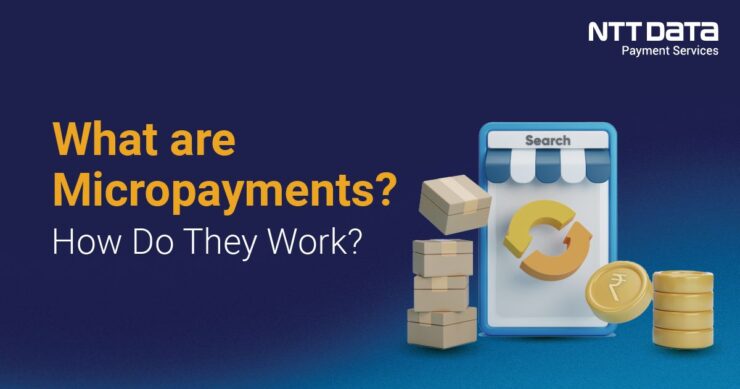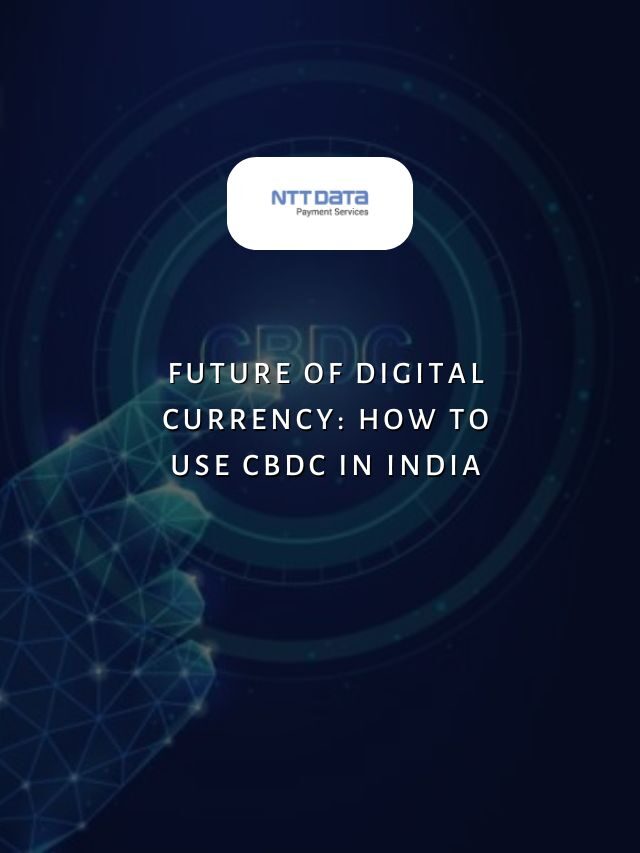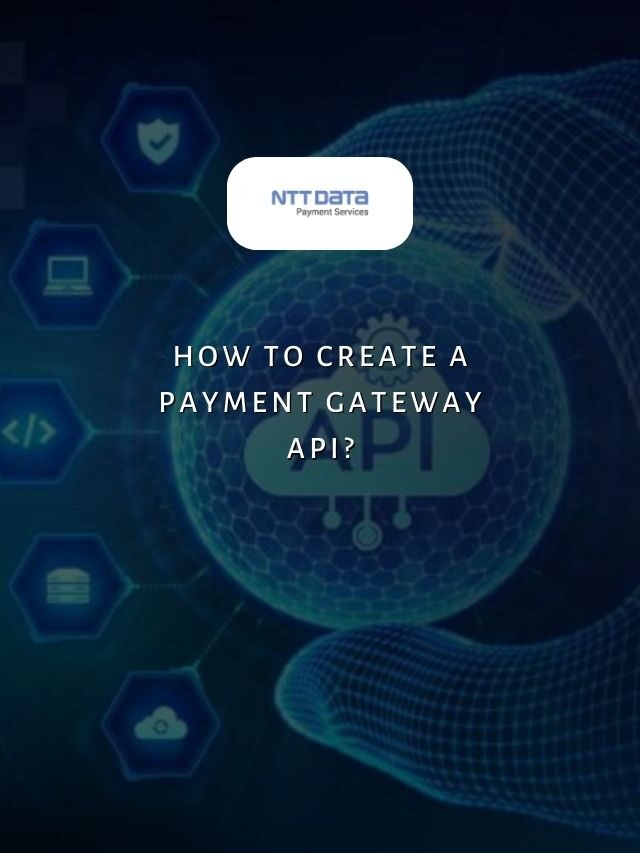
Table of Contents
In this digital age, virtually every product or service, without exception, is available for online purchase, facilitated by online transactions. As consumers, we seek secure transactions, while as suppliers or vendors, it is imperative to provide all customers and clients with a safe and reliable payment experience.
Micropayments have become a significant aspect of digital finance, revolutionising how transactions occur online. If you are a service provider or an e-commerce marketer, this blog post aims to provide an in-depth understanding of micropayments, their work, and their impact on the business landscape. Let’s understand what micropayments are and how this can benefit your business’s online transactions.
What Are Micropayments?
Micropayments are small financial transactions conducted electronically, usually ranging from a fraction of a cent to a few dollars. They are primarily used for digital content and online services such as articles, videos, games, and applications. The concept of micropayments has gained prominence due to the increasing digitisation of commerce and the need for smooth, low-cost transactions.
| Real-time Statistics: According to Statista, the global micropayment market is projected to reach seven quadrillion Indian rupees by 2025, reflecting the growing prevalence and potential of micropayments in the digital economy. |
Understanding Micropayments
Micropayments also referred to as microtransactions, are small online purchases, primarily for digital products, and are particularly effective for content that may not be profitable at a higher price point. These transactions can be structured in various ways, including pay-as-you-go, prepay, and postpay models, to cater to different business needs and customer preferences.
Recent Web Stories
How Do Micropayments Work?
Micropayments typically involve using payment gateways or digital wallets to facilitate small transactions. Users can store a small amount of funds in their digital wallets, which can then be used to make seamless, low-value purchases. In some cases, businesses utilise subscription-based models or pay-per-use setups to enable micropayments, giving consumers access to content or services for a nominal fee.
| Real-time Statistics: A study by Deloitte found that the adoption of digital wallets and mobile payment platforms has played a critical role in driving the uptake of micropayments, with over 60% of consumers having used digital wallets for small-value transactions. |
Micropayments, typically small online transactions under 50 rupees but occasionally extending to 1000 rupees, are reshaping how businesses monetise digital products and services. This payment model has become increasingly relevant in today’s digital economy, offering a viable alternative or complement to traditional subscription models.
Here’s an expanded view of why businesses should consider incorporating micropayments, along with relevant examples and case studies:
Why Should Businesses Use Micropayments
1. Increased Profitability:
Micropayments enable businesses to monetise content or services that may not be profitable at higher price points, opening up new revenue streams by charging for previously challenging content.
2. Enhanced Customer Experience:
Customers appreciate the flexibility to purchase only what they need or want rather than committing to a subscription, potentially enhancing customer loyalty and encouraging repeat business.
3. Expanded Market Reach:
The low price point of micropayments can attract new customers who might not engage with higher-priced models, thereby expanding the business market reach.
4. Alternative to Ad-Revenue:
For content creators who prefer not to rely on ad revenue, micropayments offer a way to earn through direct contributions from fans and followers.
Real-Time Statistics and Market Potential
|
Adoption of Micropayments
1. Media Organisations:
They have effectively monetised individual articles by implementing pay-per-article models, enabling readers to access premium content for a small fee.
2. Gaming Industry:
Gaming companies have successfully sustained monetisation and enhanced user experiences by adopting micropayments for in-game purchases, notably within mobile gaming, where players frequently make small purchases for virtual items or currency.
3. Content Creators:
Several platforms allow bloggers, YouTubers, and creators to receive micropayments as tips or donations, providing a steady income stream independent of ad revenue.
Challenges and Considerations:
While micropayments offer numerous benefits, they also come with challenges. Setting up the infrastructure for micropayments requires careful consideration of processing fees and customer buy-in. Additionally, since they are generally for digital products, they may only be suitable for some types of businesses.
The Future of Micropayments
As digital consumption grows, micropayments are poised to become an increasingly important part of the online economy. They offer a flexible, customer-friendly payment model that can adapt to various digital products and services. Businesses that successfully integrate micropayments into their models can tap into new customer segments and revenue streams, making them a strategic choice for digital monetisation.
Micropayments represent a significant shift in how businesses can monetise digital content. By offering a flexible, low-cost alternative to traditional pricing models, they enable companies to reach a wider audience, improve customer satisfaction, and increase profitability.
As the digital landscape evolves, micropayments are likely to play an increasingly important role in the online economy.
| The gaming industry, projected to reach a value of INR 25,700 billion by 2025 and boasting a staggering 3.2 billion gamers, showcases the increasing attractiveness of micropayments within this sector. |
Emerging options such as E-Money, instant payments, Distributed Ledger Technology (DLT), and Central Bank Digital Currencies (CBDC) have the potential to facilitate micropayments, potentially revolutionising the retail payment scene by making small-value transactions financially feasible.
NTT DATA Payment Services: The Reliable Network
NTT DATA Payment Services have emerged as prominent facilitators of micropayments, providing secure, efficient, and scalable solutions for businesses looking to integrate micropayment models. With robust fraud prevention measures and seamless integration capabilities, NTT DATA Payment Services have become a reliable network for processing all-value transactions.
With a strong presence in over 50 countries, NTT DATA Payment Services serves more than 6 million merchants and handles transactions worth over INR 800 billion annually. Our array of services includes a robust online payment gateway, diverse payment methods such as UPI, IMPS, QR Codes, and payment links, secure IVR payments, versatile POS machine options, and custom payouts that transform smartphones into smart payment-accepting devices.
NTT DATA Payment Services is a reliable network for payment solutions, offering a wide range of services, high transaction success rates, instant settlements, and robust security measures, making them a trusted partner for businesses seeking seamless and efficient payment solutions.
The Final Verdict
Micropayments have undoubtedly reshaped the digital commerce landscape, offering a viable means for content creators, businesses, and service providers to monetise their offerings in an accessible, cost-effective manner. As the digital economy continues to evolve, the role of micropayments is poised to expand, furthering financial inclusion and innovation in the digital realm.
With an ever-growing prevalence and undeniable impact, micropayments are set to play a pivotal role in shaping the future of digital finance.
By incorporating real-time statistics and insights, this blog post provides a comprehensive overview of micropayments, positioning it as a valuable resource for businesses and individuals seeking to understand and leverage this transformative financial concept.
| Also, you can get frequent updates on nttdatapayments Instagram page. |
Frequently Asked Questions (FAQs)
1. How does micropayment work?
Micropayments enable paying small fees for individual digital goods or services online, usually less than a dollar.
2. What is micropay?
Micropay refers to making small, fractional payments for individual items or services purchased digitally.
3. What are micropayments in M-Commerce?
Micropayments in mobile commerce allow users to purchase low-cost digital goods and services on their phones through small payments.
4. What are the advantages of micropayment?
The advantages of micropayments include low transaction costs, increased accessibility to digital content, and the potential to monetise smaller features or services.







